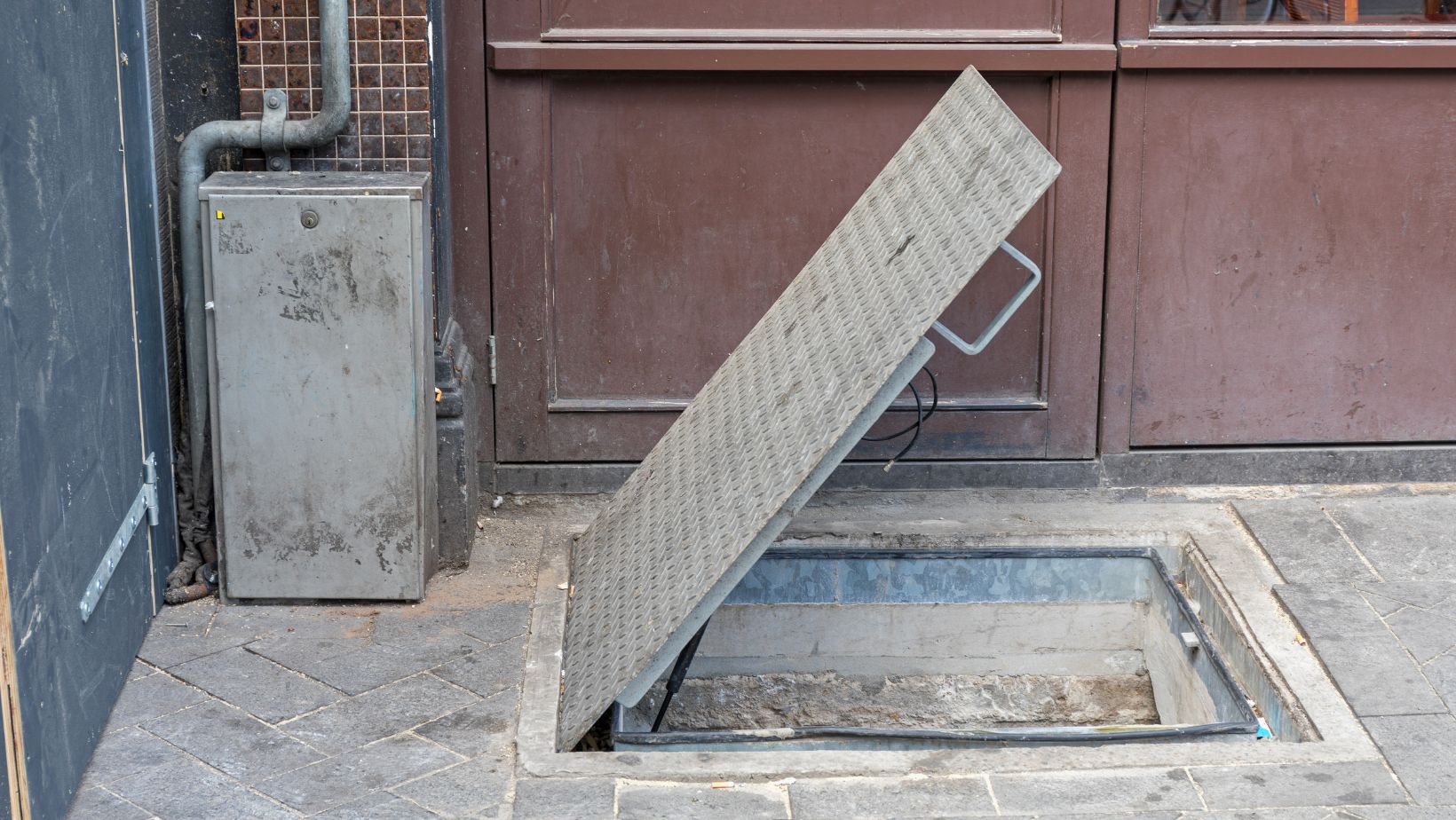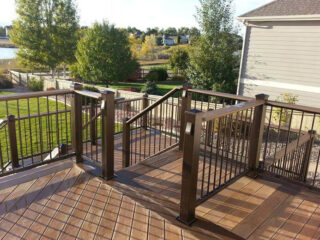
Consider this: A standard, uninsulated access door in a modern home can lose as much energy as a small window, quietly increasing heating and cooling costs. It raises the question: could it be that one of the smallest and most overlooked elements of a building is key to improving energy performance?
This article explains how insulated access doors address the critical issue of energy loss in contemporary homes, enabling you to meet and even exceed today’s stringent building standards. You will learn how this simple change can lead to significant long-term savings.
The Overlooked Problem
A standard, uninsulated access door acts as a point of thermal transfer. When conditioned air escapes, unconditioned air can enter the home, weakening the building’s thermal envelope. This constant airflow leads to measurable energy loss. For instance, a single unsealed gap can account for a substantial percentage of a home’s overall thermal energy loss.
This thermal inefficiency creates a direct problem, resulting in higher utility bills and inconsistent indoor temperatures.
A home with poor climate control may not pass final energy audits, leading to project delays and added costs. Ultimately, compromised project performance can result in extra work and cost.
The Simple Solution
An insulated access door features a solid, insulated core and a perimeter seal. This design eliminates the thermal bridge found in uninsulated panels. The door completes your building’s thermal envelope, ensuring a continuous insulation layer.
A high-quality insulated access door can have an R-value of up to 13, significantly better than a standard panel. This performance ensures consistent indoor temperatures and reduces the workload on the home’s HVAC system.
Installing these high-performance insulated access doors and panels is a simple step that substantially improves the home’s overall energy efficiency and comfort.
Upfront Cost vs. Long-Term Value
An uninsulated access door typically has a lower first material cost than an insulated model. While a basic panel is inexpensive, an insulated access door with a solid core and airtight seals requires a higher investment.
Good thing, homeowners can balance this expense with long-term heating and cooling cost savings.
For professionals, the benefits extend beyond just the product’s cost. A high-performance insulated access door can help avoid costly callbacks, saving time and resources. This eventually protects profit margins and even enhances a builder’s professional reputation.
Building Smarter
Installing an insulated access door helps you follow today’s stringent energy codes. A tight building envelope is essential for modern efficiency standards, which are often verified by a blower door test. A sealed, insulated access panel ensures your projects meet or exceed these requirements, positioning you for success as building codes evolve.
A well-sealed, insulated access door keeps stable indoor temperatures and eliminates drafts. People will experience improved comfort and consistent climate control. This satisfaction minimizes the risk of costly callbacks for performance issues.
What You Need to Know About Energy Codes
All projects must follow national, state, and local energy codes. The main standard is the International Energy Conservation Code (IECC), which specifies the required R-value for door assemblies. For example, an insulated access door should meet or exceed a rating of R-13, a common benchmark for high-performance products.
Controlling air leakage is also essential to ensure a tight building envelope. Many energy codes set a maximum air leakage rate for the home, typically verified through a blower door test. Therefore, the design of your insulated access doors and panels must include durable, airtight seals to help you pass these important tests. Additionally, doors must adhere to specific airtightness standards set by organizations such as ASHRAE.
Making the Right Choice
When choosing a product, prioritize a high R-value; a rating of R-13 or higher shows superior insulation. Also, inspect the seals; they should be made of a durable material designed to form a complete, airtight barrier when the door is closed.
Look for a product that arrives pre-assembled and ready for installation to save valuable time on the job site. Selecting insulated access doors and panels with easy-to-use fasteners prevents delays and keeps projects on schedule.
Maintaining Long-Term Performance
Insulated access doors are designed for minimal maintenance, ensuring their long-term effectiveness. The key to preserving their performance is simple: periodic inspections.
You should regularly check the door’s seals for any cracks or gaps. These issues can compromise the airtight barrier, allowing energy to escape over time. If a seal is worn, it can be replaced to restore the insulated access door’s full thermal performance.
Additionally, inspect the hinges, latches, and other moving parts. Lubricating the hinges and ensuring the latch works smoothly helps prevent wear and tear. This guarantees that the door closes completely and keeps a tight seal.
Conclusion
By upgrading insulated access doors, you do more than improve a home’s energy efficiency—you invest in the long-term quality of your work or space. It’s a small detail that delivers significant benefits, from enhanced climate control and reduced costs for homeowners to promoting recognition as a builder who prioritizes performance and professionalism.







